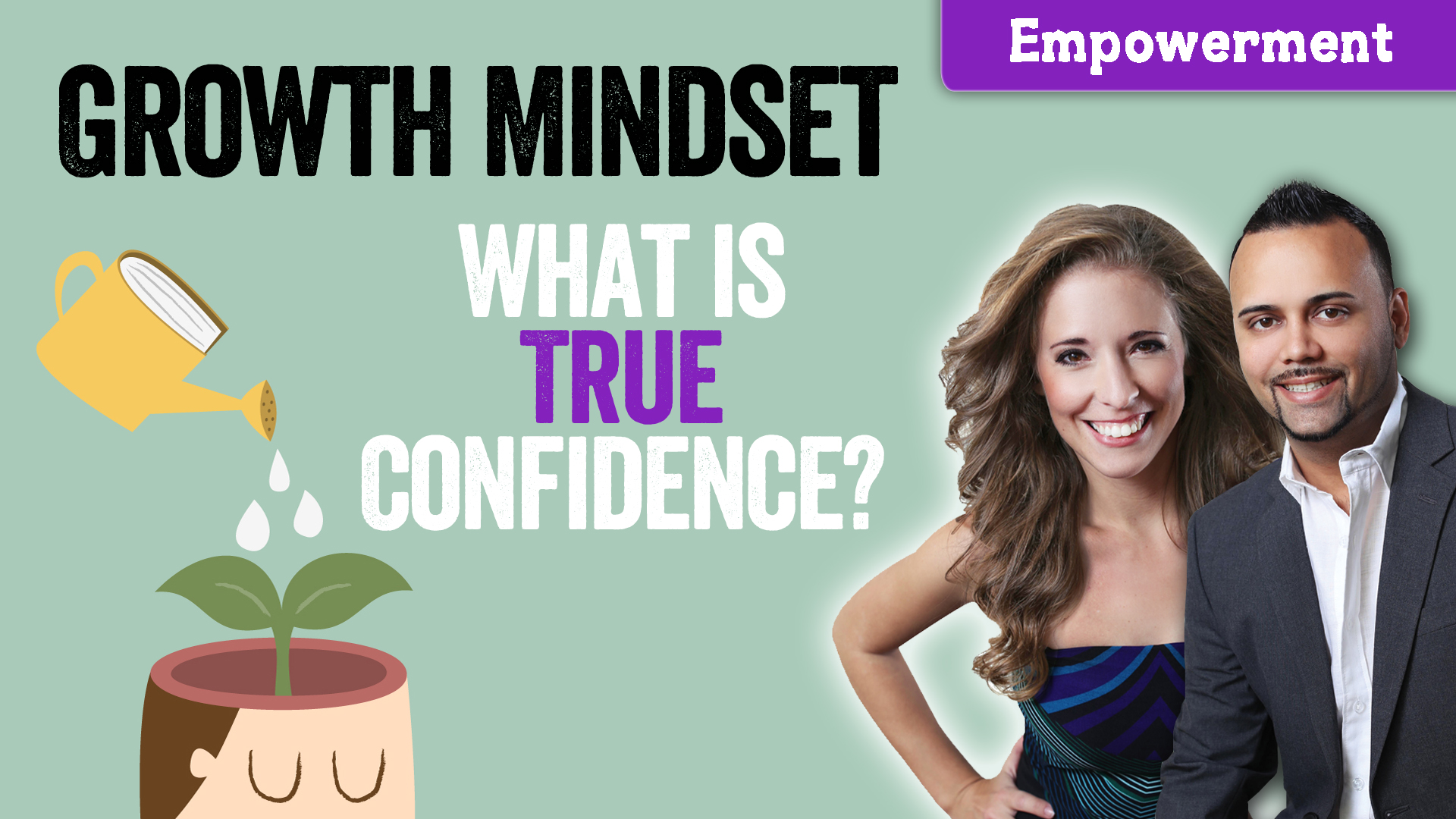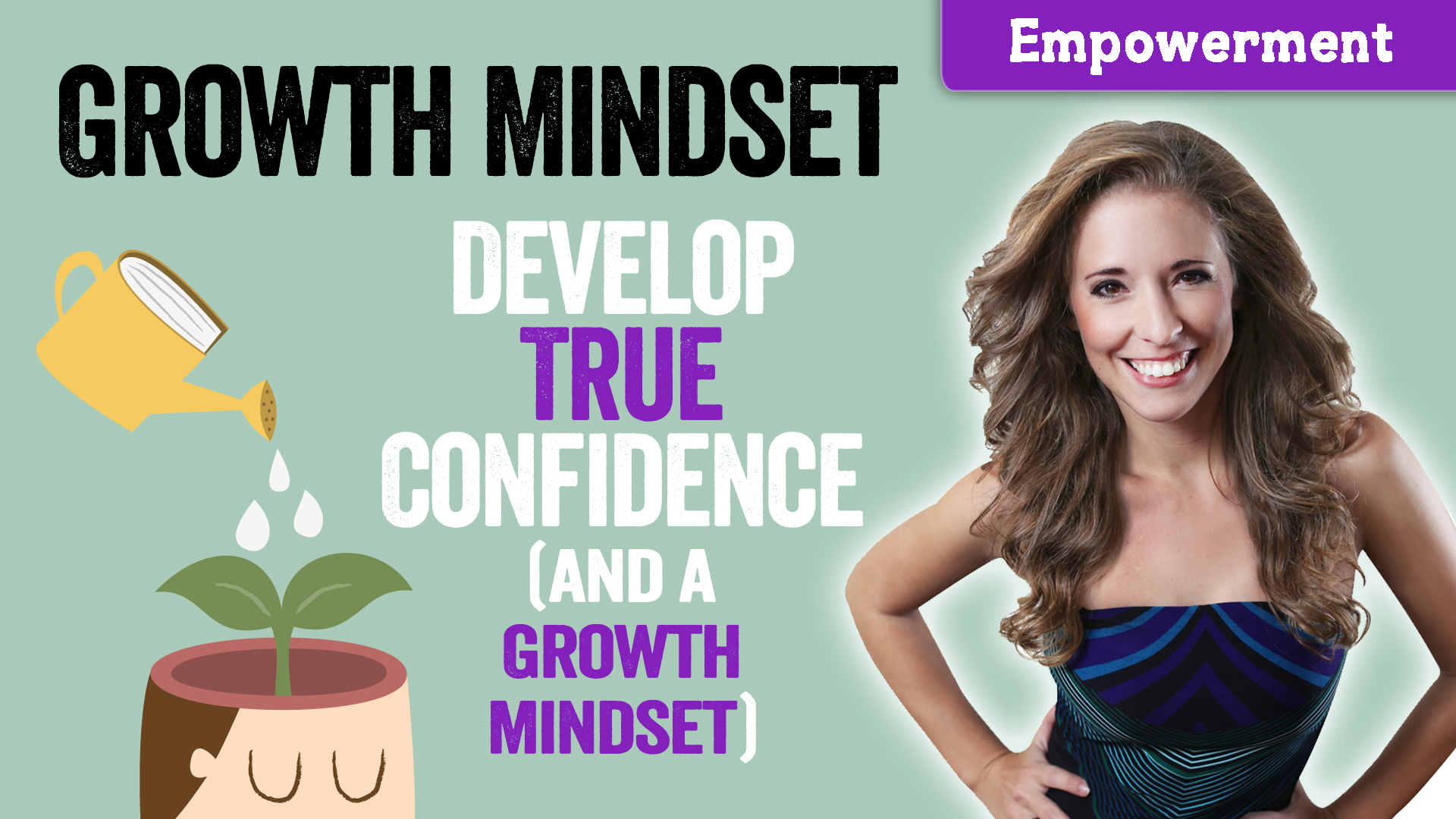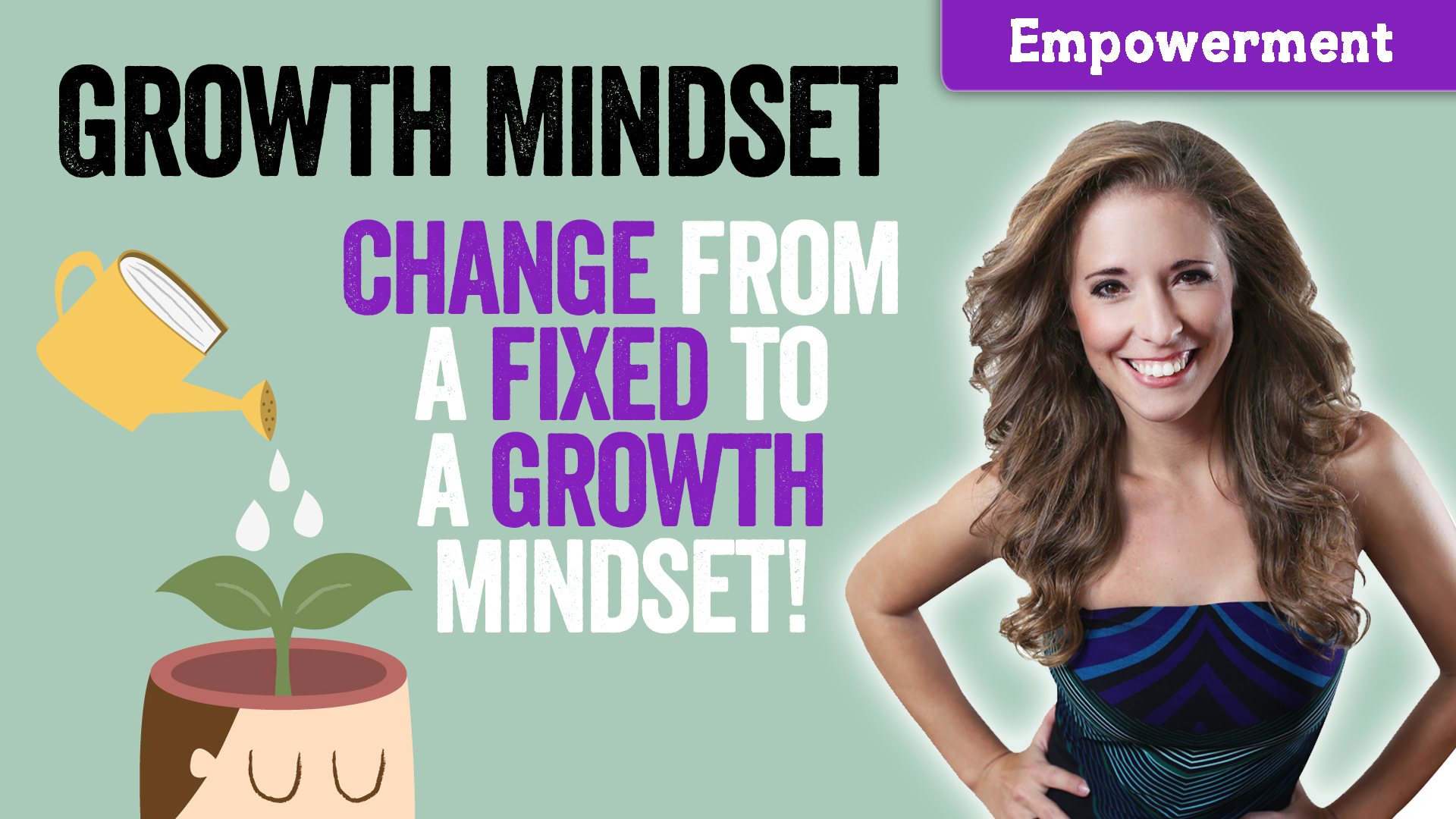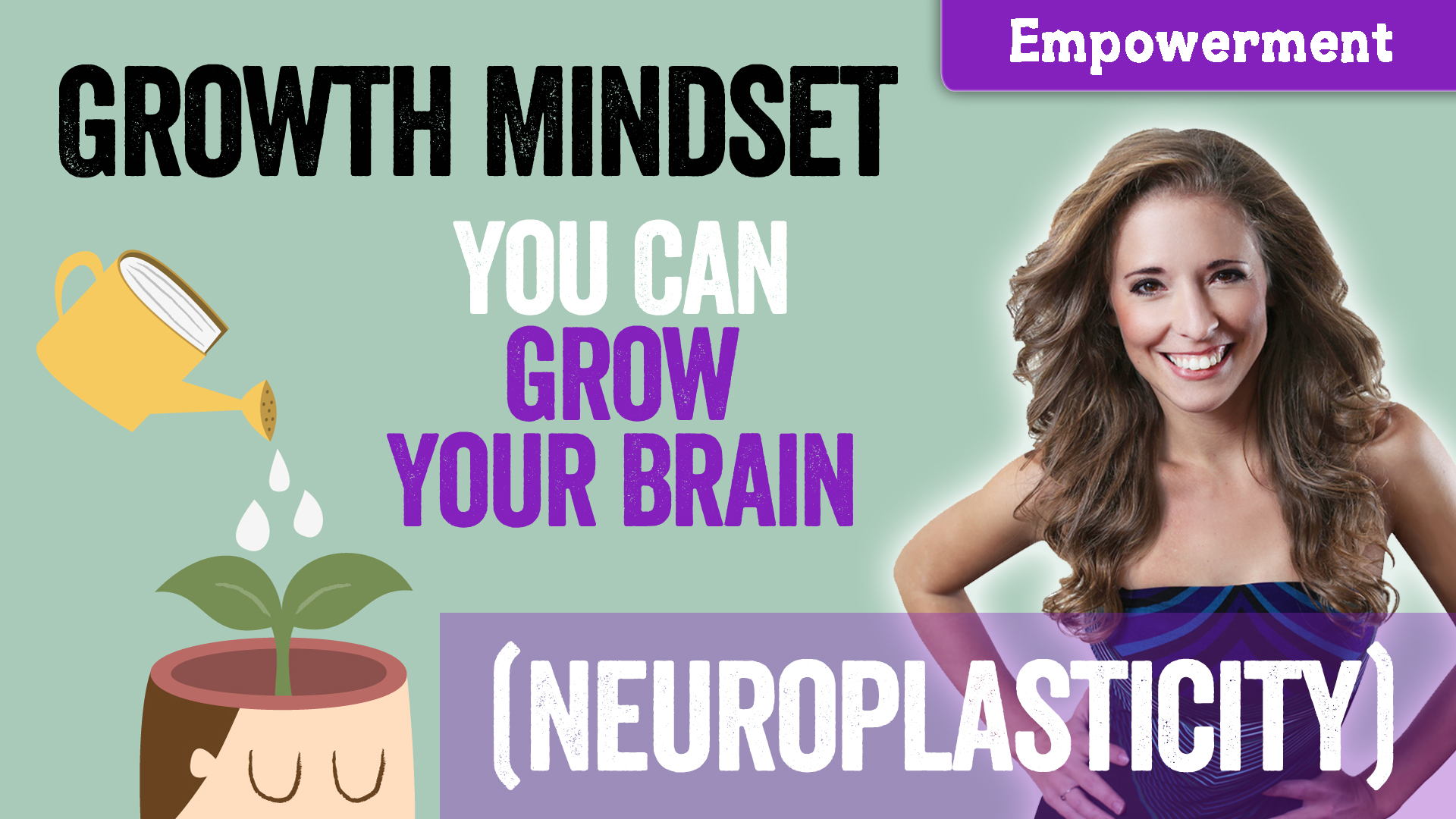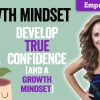How to Change from a Fixed to a Growth Mindset
Now that you know what a growth mindset is and why it is such an important belief system, you can begin to practice this way of thinking.
Step 1: Believing It’s Possible: Developing a growth mindset begins with a choice that you want to believe in the growth mindset, even if it’s hard to overcome your old way of thinking, at first. It also starts with accepting your fixed mindset. Everyone has fixed mindset tendencies in one way or another. Only by accepting that it is there do you have the power to change your mindset.
Step 2: Awareness: You’ll be working with your client to develop a growth mindset over time, an the first step is to encourage them to catch themselves when their thinking is coming from a fixed mindset perspective. You’ll want to ask them to be on the lookout for internal dialog that sounds like this:
- “What if you’re not good enough? You’ll be a failure.”
- “If it’s this hard, you’re probably just not good at it.”
- “If I don’t try, I can’t fail and I will keep my dignity.”
- “It’s not my fault.”
As a coach, you can also bring it to their attention. Of course, you want to let them know ahead of time that because you are going to help them become aware of times they are thinking in a fixed manner, you will bring it up as an opportunity to change their thought patterns.
Step 3: Self-Talk: When you or your client have become aware of fixed thinking, the next step is make a different choice how to interpret the situation. If the client is having a challenge, instead of viewing it from a fixed mindset perspective—as evidence that their abilities are lacking—challenge them to view it from a growth mindset perspective—as evidence that they need to apply more effort or change their strategy.
- When your client hears themselves thinking (or you hear them saying): “What if you’re not good enough? You’ll be a failure.”
They can change it to: “Everyone starts out not being good and successful people all fail along the way.” - When your client hears themselves thinking: “If it’s this hard, you’re probably just not good at it.”
Change it to: “If it’s hard, it means I need to put in more effort and it will be a great achievement when I get good at it.” - When your client hears themselves thinking: “If I don’t try, I can’t fail and I will keep my dignity.”
Change it to: “If I don’t try, I have already failed and I have no dignity.” - When your client hears themselves thinking: “It’s not my fault.”
Change it to: “If I don’t accept whatever part of this is my responsibility, I give away my power.”
Step 4: Growth Action: The final step is to encourage your client to take action based on the growth mindset perspective! A fixed mindset would often discourage them from taking any action because, “well, if you’re just not good at something, why bother?” So, now that they’ve been reminded of the growth mindset perspective and that they can learn or change, it’s time to determine what to do next. But, it’s important to note here that before you ask your client to determine what steps to take, you have to make sure they believe that they can either a) make the steps or b) that the steps are worth the effort. If they’re stuck in a fixed mindset, they won’t be able to determine possibilities or genuinely commit to actions.
And, throughout your coaching sessions, remind your clients that:
- Challenges are an opportunity to learn how to do something you’ve never done
- Effort and working at something are evidence that you are capable of improving
- Someone with a low level of innate talent will beat a more talented person every time if they have better work ethic
- Being perfect or flawless is not a good thing because it means you’ve reached as far as you can go
- If your talents, abilities, and intelligence are not fixed, that means your potential is unknowable—it’s limitless!
________________________________
Ready to dive deeper into developing TRUE CONFIDENCE and a GROWTH MINDSET? Get Started!
Want to help other people develop confidence and a growth mindset? Become a Confidence Life Coach!
Growth Mindset Series
4-Part Article & Video Series
Click below to view additional blogs in the series. SCROLL RIGHT >>>

